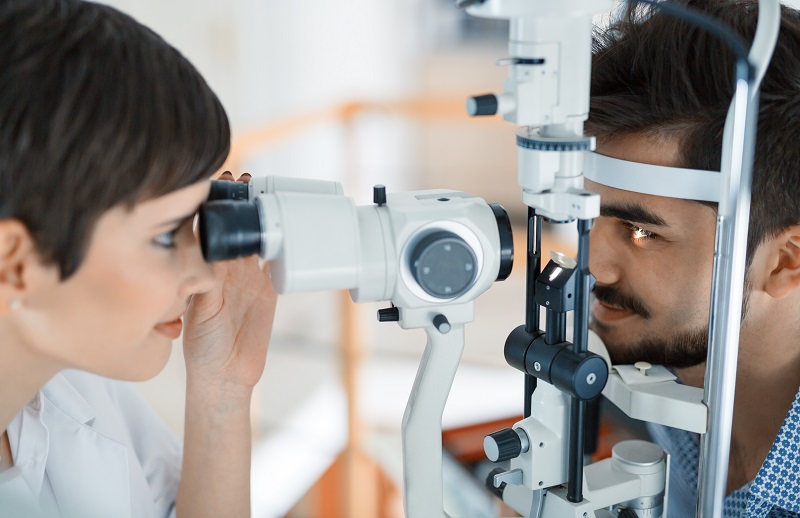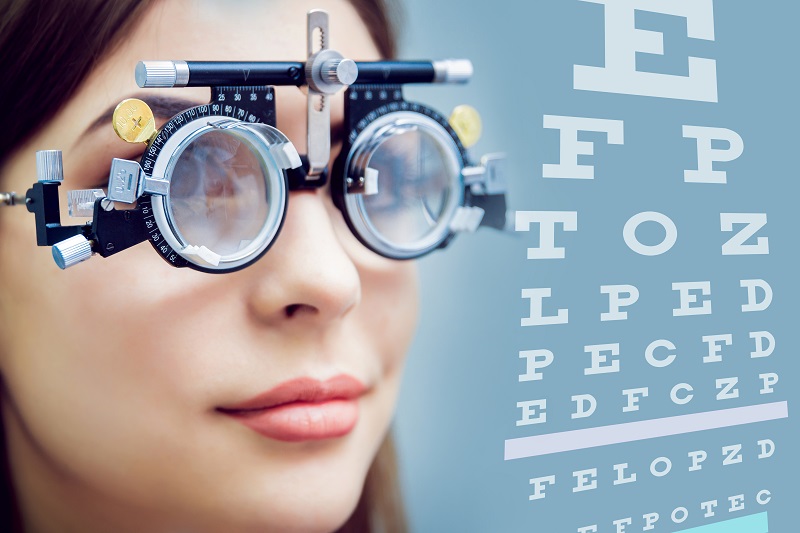A regular eye test is very important to diagnose an eye problem early so that it can be cured in its initial stages. It involves different examinations to evaluate vision and identify any eye disease. A variety of testing instruments are used to test your eyes. You may be asked to look into several lenses to test your eye health. Bright light may be directed at your eyes to see how your pupil reacts. Each test is aimed at evaluating an aspect of your eye health. Therefore, it is important to find out more information about these tests. Let’s know more.
Why An Eye Test Is Done?
Eye Tests Are Conducted To Evaluate Different Conditions Of An Eye. Some Of Them Include:

- To check the control and strength of eye muscles
- To check whether both eyes work together and if there are cross eyes
- To evaluate visual acuity and ensure whether you can identify symbols or read letters from very close or very far away distance
- To check if you need eyeglasses and to find out the prescription of your lenses
- To check your pupil’s reaction to light
- To check the external health of your eye
- To check the health of your lens, iris, anterior chamber, and cornea
- To identify any eye condition
- To diagnose any condition in the back of your eye, such as the retina, optic nerve head, retinal blood vessels, or vitreous
- To check the pressure inside your eye and identify glaucoma
- To check your field of vision
- To identify vision loss or patchy areas in your eyes
Recommended Schedule For Regular Eye Test:

The frequency at which you should go for an eye exam depends on your health, age, heredity, and risks of developing an eye problem. Generally, you should follow this schedule:
- Before 3 years of age, pediatricians often keep an eye for common problems in children’s eyes, such as cross eyes, misalignment or lazy eyes. If the pediatrician notices any of these symptoms in the child, he may recommend you to an optometrist for a thorough examination of the child’s eyes.
- School going children should go for an eye test at least once in two years. However, the frequency can be increased if the child has a family history of eye problems. If the child has already been diagnosed with an eye problem such as Myopia, it is important to follow the advice of an eye doctor to develop a regular schedule for eye tests.
- Adults who have not yet developed an eye problem should also make a regular schedule for eye tests after a certain age. Go for a test at least once in 10 years if you are in your 20s or 30s. After the age of 40, you should go for eye tests at least once in 5 years. People aged 55 or more should get their eyes tested at least once in 3 years. After the age of 65, go for an eye test once in 1-2 years.
This is a regular schedule that everyone must follow. However, you must increase your frequency of visiting your eye doctor if you have a family history of vision loss or eye disease, if you already wear eyeglasses, if you have diabetes, or if you are taking any medicines that are known to cause side effects on eyes.
There are different kinds of eye tests conducted to check your eye health, including eye muscle test, visual acuity test, visual field test, refraction assessment test, color vision test, slit-lamp test, retinal test, glaucoma screening test, and others. The eye test that you must go through depends on the problem you are experiencing and the condition that your optometrist suspects. always Follow your eye doctor’s instructions and go for regular eye tests to ensure optimal eye health.

